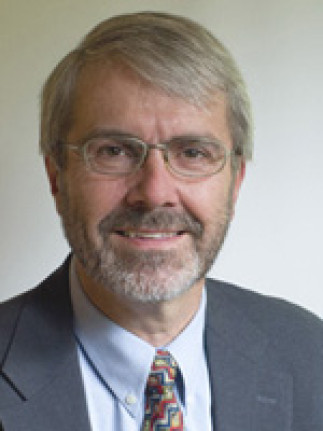Synthesis of thin films, nanoparticles and complex nanostructures using advanced plasma processing and High Power Impulse Magnetron Sputtering (HiPIMS).
Ulf Helmersson, professor in Thin Film Physics (IFM)
head of the Plasma & Coatings Physics division at Linköping University (LiU), Sweden
abstract:
The use of high-power pulses for synthesis of nanoparticles and thin films is of interest because of the effective ionization of the supplied gases and the sputtered source material. For nanoparticle synthesis, the advantage of ionizing the source material is the effective trapping of positive ions onto the negatively charged nanoparticles in the plasma resulting in a significant increase in growth rate and utilization of material. For the thin film synthesis, the advantage of the ionization of the deposition material is the controllability of the arrival energy of the growth species making denser coatings grown at low synthesis temperatures possible. This presentation will first give an introduction to the nanoparticle synthesis technique. The second subject, regarding thin film synthesis, will be focused on reactive sputter control using the current pulse peak shape as an analysis parameter and the pulse frequency as the control parameter.
Prof. Helmersson bio:
Dr. Ulf Helmersson, head of the Plasma & Coatings Physics division at Linköping University (LiU), has focused his research on the complex relationship among thin film growth kinetics, microstructural evolution, and physical properties. He has made significant contributions in all areas. Early in his career he worked on the growth of hard transition metal nitride thin films by magnetron sputtering and, in particular, the role of low energy ion irradiation during deposition. He grew the first man-made artificial 'super-hard' material — single crystal TiN/VN superlattices — with hardness comparable to diamond.
His ground-breaking work on super-hard multilayers spawned a global industry and his results on the atomistic understanding of ion/surface interactions during the dynamic process of crystal growth is the basis of much of what we know in this important field today.
As a professor at LiU, Ulf continued his hard-coating work, but also started a new effort in perovskite-structure high temperature superconductor and ferroelectric oxides. In this case he contributed significantly using his atomistic understanding, in combination with high-resolution electron microscopy and physical property measurements, to understand the role of O- negative ion bombardment during oxide film growth by magnetron sputtering. His understanding, together with strategies to either mitigate the effects (when deleterious, i.e. for materials with low bulk atom displacement thresholds) or to utilize them for property enhancement, is well known in the oxide community.
Over the last several years, Ulf has truly pioneered the development of High Power Impulse Magnetron Sputtering (HiPIMS), the most significant development in physical vapor deposition over the last decade. He co-authored the first paper in that field and, in cooperation with plasma scientists in Stockholm and Iceland and many other scientists, several extremely important and highly cited papers concerning the science and functionality of HiPIMS.
Cette conférence est présentée par le RQMP Versant Nord du Département de physiquede l'Université de Montréal et de Génie physique de la Polytechnique.

